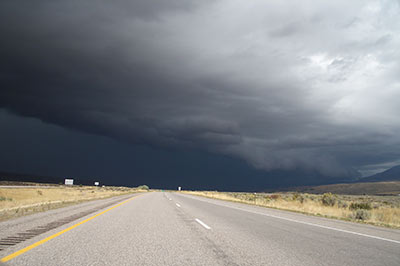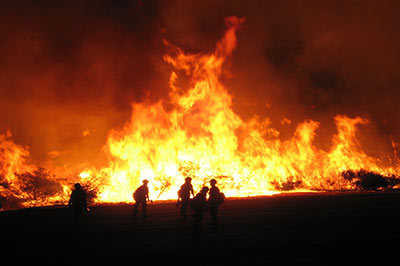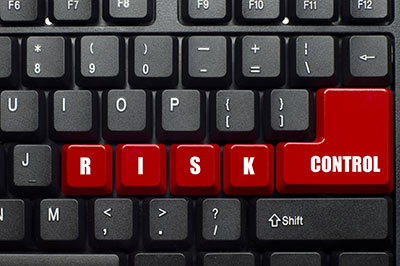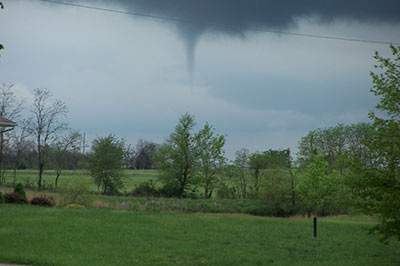By Linda Lemasters
Protecting our nation’s children in a time of global unrest is of utmost importance to parents, educators, and the community. The thought of the physical safety of children immediately came to my mind a few evenings ago when the news from Paris came into our living rooms. Though schools were not involved, it reminded me that schools at all levels should be vigilant and remain ready with comprehensive emergency operations and crisis management plans. We hope we never need to initiate such operations and plans; however, we cannot permit ourselves to become complacent. Reviewing steps to take should a threat come to light, resolving issues of information sharing, meeting with crisis management teams, considering when to involve law enforcement, and holding a review with all responders are actions that will further emergency preparedness and assist in creating safe school climates.
First and foremost, this planning is not only for K-12, but is also paramount for pre-schools through higher education. Although we would like to think that crises would not happen to us, none of our schools—no matter what grade level—are immune.
Second, let’s review whether or not the plans are up-to-date and current. One of the best ways to do that is to review the guides and resources provided by the various government websites (http://www.dhs.gov/school-safety). USDoE, FEMA, REMS, and Homeland Security are some of the excellent resources. Another is our Education Facilities Clearinghouse (http://www.efc.gwu.edu//). Not only does the Clearinghouse provide a library of useful resources, it can provide technical assistance by experts to your school, district, or state.
Third, administrators should make sure that the person(s) responsible for crisis management and school security has (have) all of the plans and information at the ready. Are procedures in place? Does everyone have the materials and resources they need? One way to assess that is to have a tabletop exercise concerning realistic threats. These exercises assist in clarifying roles and responsibilities, identifying needs and solutions, developing agency relationships, assessing resources and capabilities, and evaluating the workability of your plan. Some states require tabletop exercises; however, they are worthwhile for everyone.
Reflection and debriefing of the exercise is an integral part of the tabletop. An evaluation by each participant should be required. After creating a comprehensive report, it is time for revisions to the emergency operations plan to address any problems that were exposed during the exercise. FEMA offers several examples of tabletops, which may be useful (http://www.fema.gov/emergency-planning-exercises).
The fourth step is the training and re-training of all staff and employees. This is not simply the teachers in facilities—it is all employees. Teachers, assistants, board members, clerical, custodial, food service, transportation, IT, and any other employees need to be included. Processes should be reviewed; any questions must be answered.
Finally, students need to be involved. This is a sensitive issue, as we do not want to create fear in our students; rather, we need to ensure that, by including students in the planning, we will assist in allaying their fears. When conducting this step, it is important to remember that children and students of different ages respond differently—often by actions rather than words. Careful observation is necessary.
Providing adequate explanations of safety and crisis plans; watching for and responding to signs of stress, fear, or anxiety; reminding students that trustworthy people are in charge; and, reviewing processes and procedures to use in the event of an emergency are only a few of the ways we can assist in providing a feeling of safety and security for students. The keys to all of this are training, readiness, and predictability. Students of all ages need to know that there is consistency in plans and the reactions of people in charge will be those that put their safety first.
Have I provided all of the information and steps you should use to review your safety and crisis management plans? Absolutely not! What I hope you get from this blog, however, is to keep emergency planning in the foremost thoughts of your security employees. Only when our students of all ages feel safe will they achieve their best.
Linda Lemasters, Director, Education Facilities Clearinghouse
Linda is an associate professor in the Graduate School of Education and Human Development of the George Washington University, where she advises students, directs student research, and directs a project at Taibah University in the Kingdom of Saudi Arabia. Her areas of expertise and research include educational planning, facilities management, and women CEOs. She actively conducts research concerning the effects of the facility on the student and teacher, publishes within her field, and has written or edited numerous books including School Maintenance & Renovation: Administrator Policies, Practices, and Economics and book chapters including a recent chapter, Places Where Children Play, published July, 2014 in Marketing the Green School: Form, Function, and the Future.










